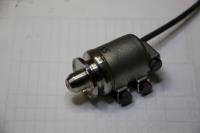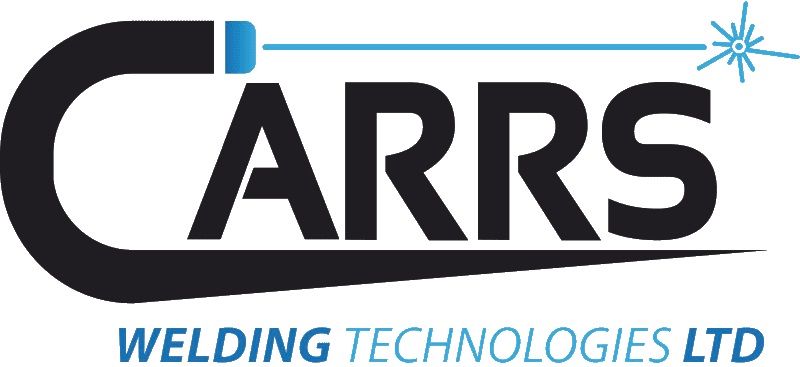 Add My Company
Add My Company
Sign In

We are experts in the field of electronic assembly welding.
Work is carried out under microscope (X10 optics) so operators are always on target. Laser welding permits miniature welds down to 0.2mm in diameter and, with the precision and accuracy of the process, heat affected zones are highly localised with minimal risk to any sensitive components surrounding the weld area.
Most applications involve electronic circuitry which needs a protective shell welding in place. Lids welded on to machined housings may be millimetres from the electronics and the semiconductors must remain fully functional, so pinpoint accuracy and low heat input are prerequisites. Castings in aluminium and even stainless steel enclosures are used in a wide variety of applications
Electron Tubes
Case 1 - Glass to metal seals
Carrs weld a number of assemblies which are sealed in a can or glass envelope. Crucially, the nickel alloy used to seal to the glass must remain cool or the glass may crack and fail helium leak testing. Once parameters are fixed for an application it is 100% repeatable and if the permitted temperature rise is limited then it will remain below that preset limit for the entire batch of components.
Smart fibres
Case 2 - Fibre optic applications
Devices where fibre enters the electronics via a feed-through are ideal candidates for laser welding, as these are evidently highly sensitive to temperature gradients and thermal shock. In most sensor applications the fibres are in place when we weld the enclosure shut. In the case of this strain gauge the fibre is embedded in adhesive and the temperature must never exceed 120 degrees C during welding.
For more information on Electronics Laser Welding talk to Carrs Welding Technologies Ltd
Enquire Now
More related to Electronics Laser Welding
List your company on FindTheNeedle.

